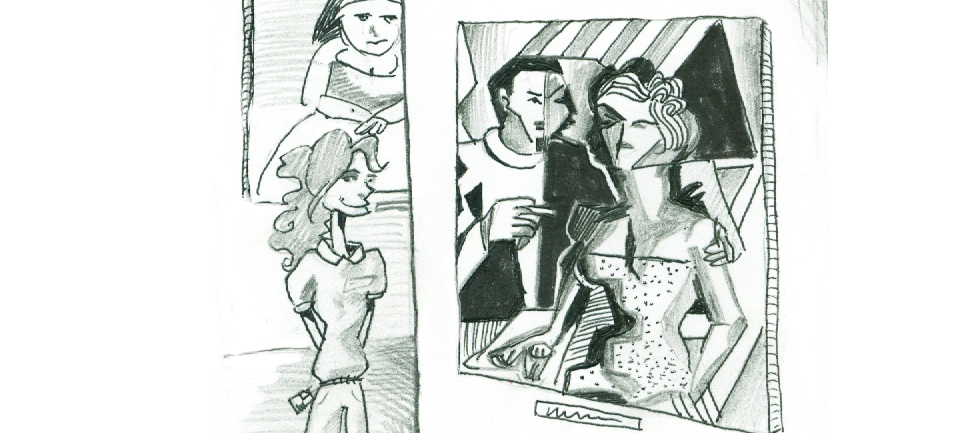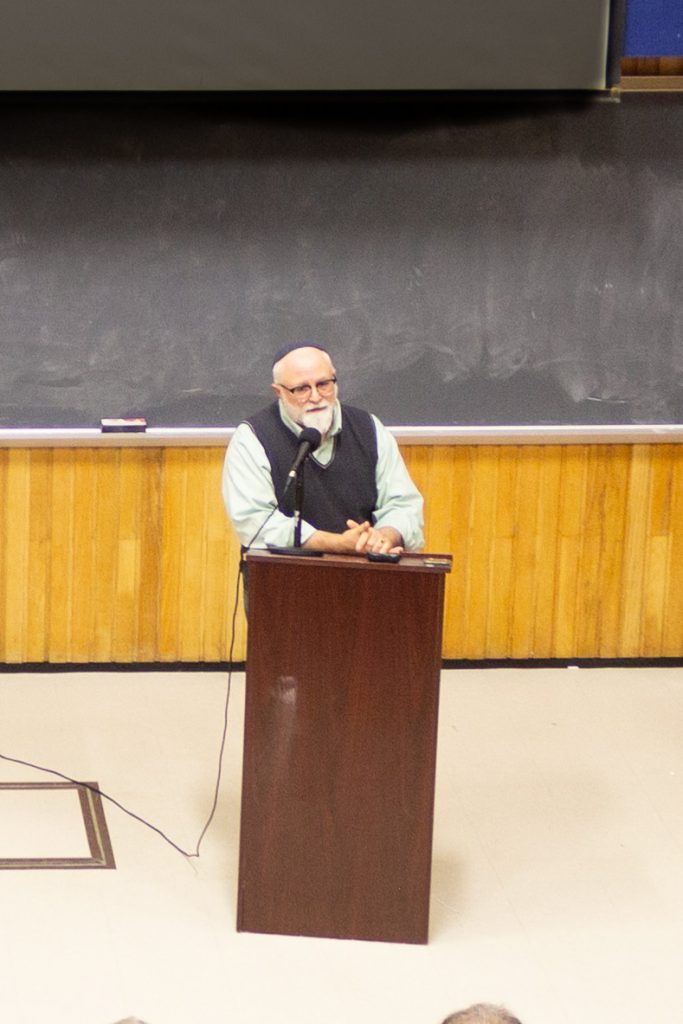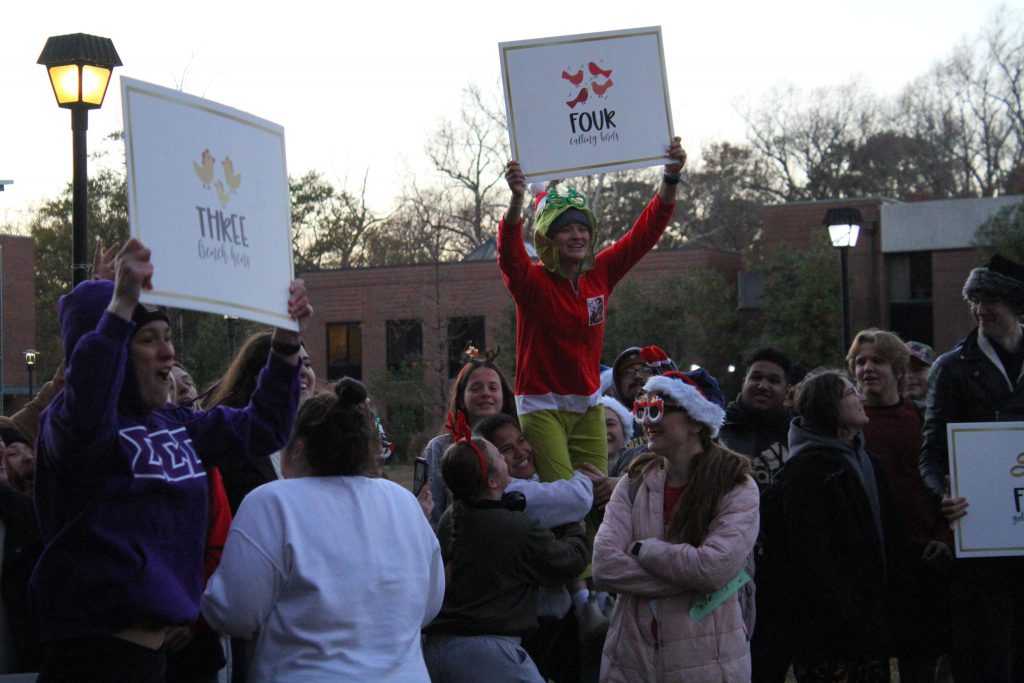
By Laurissa Senecal
During her internship at the Chrysler Museum of Art, junior history major Stephanie Deach had what might be called a well-decorated workspace. A large percentage of her time was spent looking through the Chrysler’s expansive storage rooms all while trying not to bump into various masterpieces as she worked as a museum curator coordinating a new exhibit.
Deach’s experience was unique in comparison to most internships. Far from being treated like a coffee-fetching errand runner, Deach was presented with a museum badge and told that for the three months she worked at the museum, she would be treated like any other paid curator.
“They treated me at the same level as everyone else,” Deach said.
For Deach, this internship was nothing short of a dream come true. Since she was a child, it has been her dream to become a museum curator at the Neues Museum in Berlin. After taking an internship prep class on museum monuments with Assistant Professor of History Kathleen Casey, she entered the internship at the Chrysler Museum, acquiring a resume-boosting experience that may help her achieve her dream job in the future.
The Chrysler Museum gave Deach what at first felt like a daunting task. She was instructed to work alongside the Brock Curator of American Art Dr. Crawford Alexander Mann III to put together an exhibit of about fifty photographs taken by a twentieth-century Norfolk photographer named Harry C. Mann (1866-1926).
While working to achieve this goal, Deach was surrounded daily by artwork so valuable that most people would be rendered speechless. Overwhelmed by the monetary value of the works surrounding her, Deach said she often worried she might damage important historical pieces. She remembers how one day while walking through the storage rooms, Dr. Mann picked up a painting and tried to pass it to her saying, “Here, do you want to hold this Picasso?” A startled Deach replied with “No! I do not,” shrinking back from Dr. Mann’s generous offer.
“I had lots of funny encounters like that,” Deach said.
One of the benefits of Virginia Wesleyan College’s small student population is that students have a greater chance of landing life-changing internships. Deach’s experience is just one example.
“Reflecting on it now, I could probably write down a lot about what I had to do,” Deach said. “I had one semester to learn how to be a curator and build an exhibit.”
Deach had to learn about different aspects of photography, go over Mann’s pictures with a magnifying glass noting advertisements and faces in the background, make dozens of wall texts describing each picture and become an expert on Mann’s life through hours of individual research.
Research, it turns out, that did not come easy. Mann was from a time when artists were not valued and, as such, there is very little information on his life. However, the information Deach was able to find should be enough to make any Norfolk resident proud of his or her city’s history.
Harry C. Mann was a pioneer in photography. His stunning photographs of Hampton Roads harken back to a lost time when Norfolk was in its early stages of development. Winning awards in both France and Great Britain in the early 1900s, Mann became one of the first world-renowned photographers. His work was so fascinating that it inspired other photographers like Carol Walker, leading to many innovations in the field of photography.
The rosy colored photos that Deach became so well-versed in captivate a wide audience. They capture life in the early 1900s in a way that not many photographers have been able to. Mann’s work focused on two main categories, his pictures of nature, specifically beaches, and his pictures of Norfolk in her infant stages. According to Deach, he loved to document Norfolk’s changing landscape. He took pictures of buildings being built and others burning down. He marked seasonal changes, sometimes returning to take the same picture at different times of day, noting how light changes with different exposures.
For Norfolk residents, his pictures walk the line between familiarity and unfamiliarity. Mann’s “View of Ghent and the Botetourt Street Bridge,” depicts a well-known cityscape missing key buildings and monuments. His photos are like baby pictures of loved ones. They capture glimpses of what Norfolk once was but cannot ever depict who she is now.
The photographs are a monument to a changing Norfolk and a reminder that the world we live in now will never stay the same. Mann captured the spirit of Norfolk at a time when William Howard Taft was president and the United States only consisted of forty-seven states. Women didn’t have the right to vote and World War I hadn’t even begun.
The exhibit will open on April 16 in the Willoughby-Baylor House in Ghent. Deach said she is overwhelmingly grateful to Virginia Wesleyan for the experience she had at the Chrysler Museum of Art. Hopefully as a result of her experience, she will be able to someday work at the Neues Museum in Berlin fulfilling her lifelong dream.



